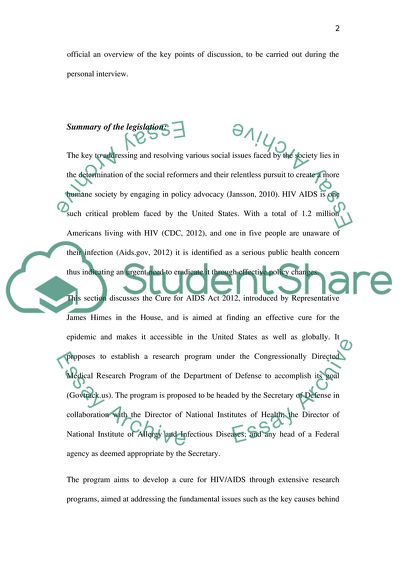Cite this document
(Advocacy Activity Report Example | Topics and Well Written Essays - 2250 words, n.d.)
Advocacy Activity Report Example | Topics and Well Written Essays - 2250 words. https://studentshare.org/history/1784614-advocacy-activity
Advocacy Activity Report Example | Topics and Well Written Essays - 2250 words. https://studentshare.org/history/1784614-advocacy-activity
(Advocacy Activity Report Example | Topics and Well Written Essays - 2250 Words)
Advocacy Activity Report Example | Topics and Well Written Essays - 2250 Words. https://studentshare.org/history/1784614-advocacy-activity.
Advocacy Activity Report Example | Topics and Well Written Essays - 2250 Words. https://studentshare.org/history/1784614-advocacy-activity.
“Advocacy Activity Report Example | Topics and Well Written Essays - 2250 Words”. https://studentshare.org/history/1784614-advocacy-activity.


